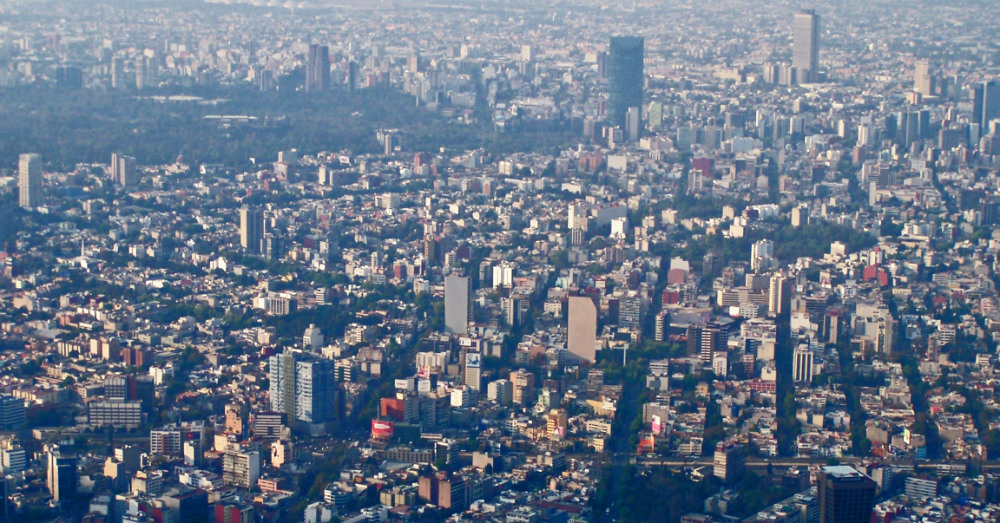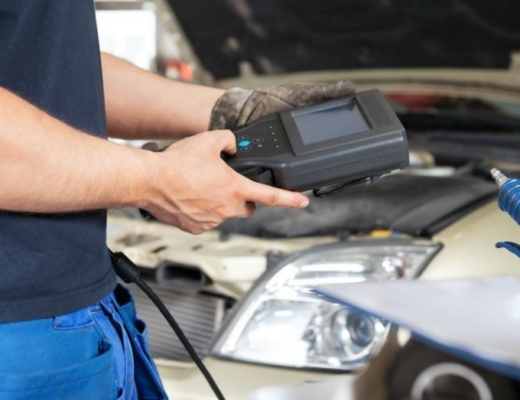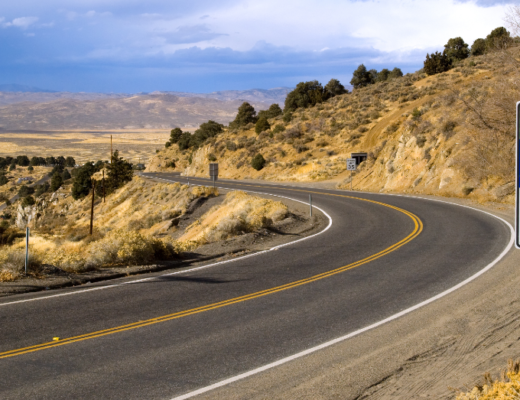In 1992 Mexico City was considered the most polluted city in the world. This city lies in the valley of surrounding mountains which causes the pollutants put out by manufacturing and vehicles to become trapped in the area. This causes the air quality around the city to deteriorate terribly and ozone levels to rise to a point of being a health risk to the people of the city and along with the wildlife of the surrounding area. Mexico City isn’t the first city to face this problem and there have been specific measures taken to help improve the situation.
In the same way other cities such as Beijing, Bogota, New Delhi, Milan, Rome and Paris have done, Mexico City had to clean up its air to help improve the health and well-being of its citizens. Because cars are the biggest emitters of pollutants, especially in a city of this size, Mexico City worked hard to clean up the cars in the 1990s by decommissioning older, more polluting vehicles. The result of this action was eleven years without the need to issue any pollution alerts, but something has changed recently to make the city need to issue pollution warnings again.
The action that took place was a relaxing of the vehicles that are restricted to drive in the city. This lift of the restrictions took place last year and nearly 1.4 million new polluting cars made their way into Mexico City which has caused a ban to happen once again for cars that emit a large amount of pollutants into the air. The ironic part of this situation is the fact that the city recently hosted a Formula E car race in which every car is an EV and offers zero emissions while racing.
The recent readings of the ozone levels in the city show the number to be close to double the acceptable levels which have caused a panic for city officials. The immediate action was to ban cars that would add to the pollution levels which means nearly 800,000 cars were banned and followed these new rules, although there were still some that came into the city and emitted pollutants. The city even considered shutting down industry in the area until the air quality improved enough to bring the ozone levels back to an acceptable level but thankfully this final measure was not needed as the ban was able to be lifted after four days of improvement in the level of ozone in the air.
For a city like Mexico City the example we see is one where relaxing the regulations backfired. Geography plays a part in many cities that become over polluted by vehicle emissions and it’s important for the governments in those areas to be aware of how vehicles affect the air quality. Mexico City created a temporary solution by offering free bus and subway rides to those affected by the ban, but more permanent measures will need to be put in place to ensure the air quality of Mexico City stays at tolerable and even clean levels in the future.
This post may contain affiliate links. Meaning a commission is given should you decide to make a purchase through these links, at no cost to you. All products shown are researched and tested to give an accurate review for you.




